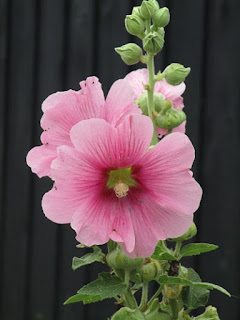Monsanto Ordered to Pay $2 Billion to Cancer Victims
Among the many revelations that have emerged from the trials:
* Monsanto never conducted epidemiology studies for Roundup and its other formulations made with the active ingredient glyphosate to evaluate the cancer risks for users.
* Monsanto was aware that the surfactants in Roundup were much more toxic than glyphosate alone.
* Monsanto spent millions of dollars on covert public relations campaigns to finance ghostwritten studies and articles aimed at discrediting independent scientists whose work found dangers with Monsanto’s herbicides.
* When the US Agency for Toxic Substances and Disease Registry sought to evaluate glyphosate toxicity in 2015, Monsanto engaged the assistance of EPA officials to delay that review.
* Monsanto enjoyed a close relationship with certain officials within the Environmental Protection Agency (EPA), who have repeatedly backed Monsanto’s assertions about the safety of its glyphosate products.
* The company internally had worker safety recommendations that called for wearing a full range of protective gear when applying glyphosate herbicides but did not warn the public to do the same.
Pilliod attorney Brent Wisner suggested to jurors in his closing arguments that they consider punitive damages in the range of $1 billion to send a message to Monsanto and Bayer about the need to change the company’s practices.
“The jury saw for themselves internal company documents demonstrating that, from day one, Monsanto has never had any interest in finding out whether Roundup is safe,” Wisner said following the verdict. “Instead of investing in sound science, they invested millions in attacking science that threatened their business agenda.”
Michael Miller, who served with Wisner as co-lead trial counsel said: “Unlike the first two Monsanto trials, where the judges severely limited the amount of plaintiffs’ evidence, we were finally allowed to show a jury the mountain of evidence showing Monsanto’s manipulation of science, the media, and regulatory agencies to forward their own agenda despite Roundup’s severe harm to the animal kingdom and humankind.”
Bayer issued a statement after the verdict saying it would appeal: “Bayer is disappointed with the jury’s decision.
“There is no reliable scientific evidence to conclude that glyphosate-based herbicides were the “but for” cause of their illnesses as the jury was required to find in this case.”
Compensatory Payment Ordered for Alberta Pilliod and Alva Pilliod:
TOTAL – $2.055 billion
Hundreds of trials are pending in courts around the United States against Monsanto-Bayer.
By selling to Bayer last summer for $63bn just before the Roundup cancer lawsuits started going to trial, Monsanto executives were able to walk away from the legal mess with riches. The Monsanto chairman Hugh Grant’s exit package allowed him to pocket $32m, for instance.
Studies show that along with promoting illness and disease in people, these pesticides pushed by Bayer and Monsanto, Dow-DuPont and other corporate players, are endangering wildlife, soil health, water quality and the long-term sustainability of food production. We all have to pay for it!
Yet regulators have allowed these corporations to combine forces, making them even more powerful and more able to direct public policies that favor their interests...
What we can do as consumers? Just say NO to chemicals - especially pesticides,
and live a more healthy and sustainable lifestyle. Regarding your own garden: see
my former article:
https://garden-dream.blogspot.com/2019/10/easy-sustainable-gardening.html
.
<><><><><>
.






